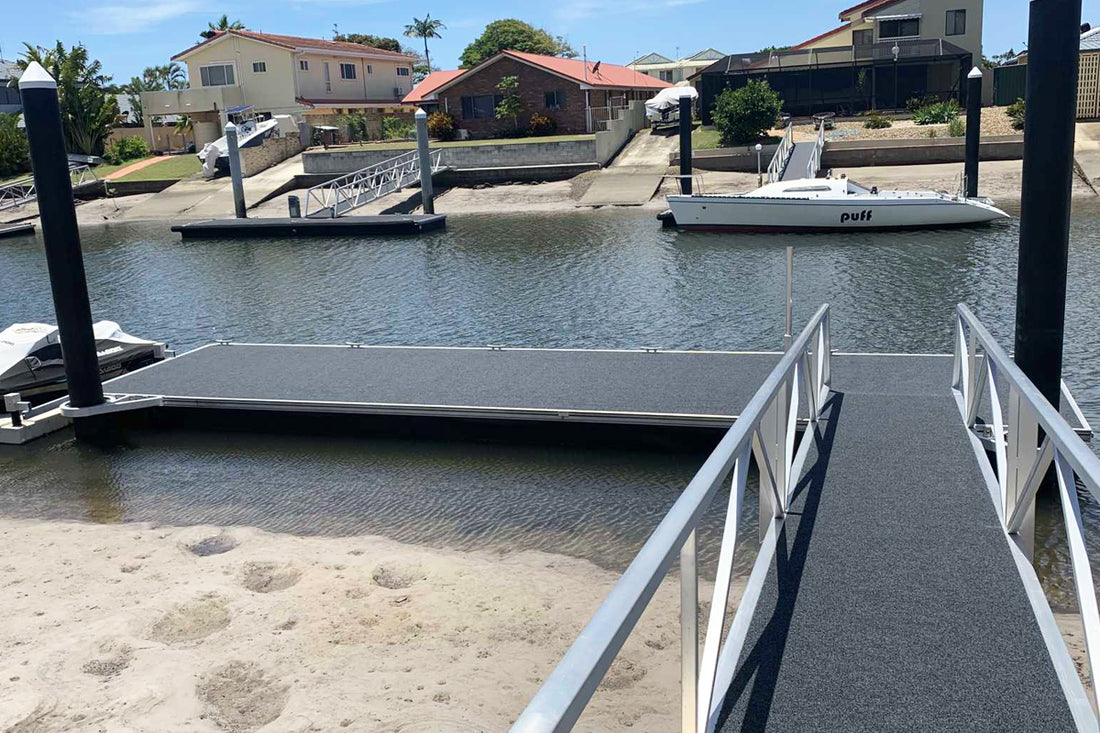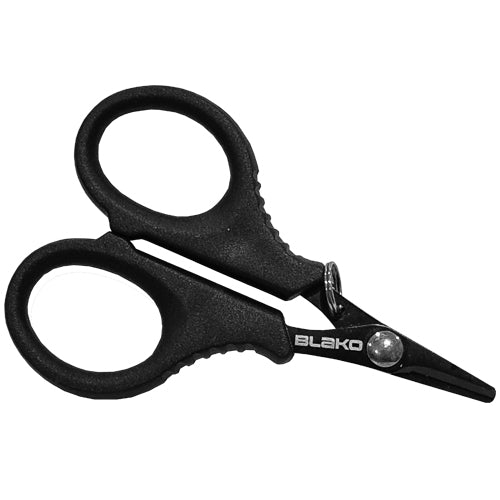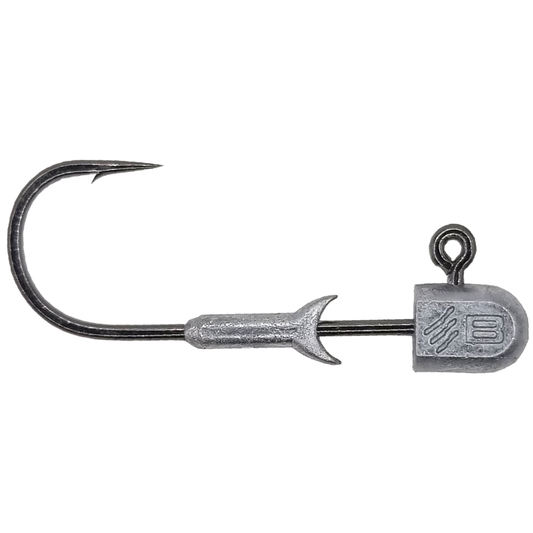
A Guide To Bream Fishing Around Pontoons
Share
Bream Fishing Around Pontoons: A Comprehensive Guide
Fishing around pontoons can be one of the most rewarding experiences for anglers targeting bream. Pontoons provide an ideal habitat for bream and make excellent fishing spots due to the variety of structure, cover, and food they offer. However, fishing pontoons requires not only the right gear and techniques but also an understanding of etiquette, as these structures are often privately owned. In this guide, we’ll cover everything you need to know about fishing pontoons for bream with lures, from the best lures and tactics to the importance of respecting property and handling tricky structures.
What is a Pontoon and Why Do Bream Love Them?
A pontoon is a floating platform, typically attached to a jetty or dock, that provides easy access to boats and water activities. Constructed with buoyant materials, pontoons remain stable even as the water level changes, making them popular in marinas, residential waterways, and along riverbanks.
For bream, pontoons are attractive environments for several reasons:
Cover and Shelter: The structure of a pontoon creates shaded areas beneath it, providing bream with a place to hide from predators and strong currents.
Food Source: Pontoons often host various types of marine growth, like barnacles, crustaceans, and small baitfish, which serve as a food source for bream.
Ambush Points: Bream are ambush predators. The shaded edges and underside of a pontoon give them prime positions to lie in wait and strike at unsuspecting prey.
Given these advantages, bream are naturally drawn to pontoons, which makes them excellent spots for anglers to target. However, fishing these areas requires some technical knowledge, as well as respect for the property owners and other users of the area.
Pontoon Etiquette: Respecting Private Property and Local Anglers
Pontoons, particularly those attached to private residences or marinas, are often privately owned. When fishing around these structures, it’s essential to follow a few basic rules to respect property rights and foster a positive relationship with the local community.
Keep Your Distance: Avoid fishing directly from a private pontoon unless you have permission. Try to position your boat or casting spot a reasonable distance away and cast toward the structure instead.
Be Mindful of Noise: Excessive noise from engines, loud talking, or banging on boats can disrupt residents. Approach quietly to avoid disturbing the fish and local property owners.
Avoid Casting Near Moored Boats: Many pontoons have boats moored nearby, so it’s crucial to be careful with casting to avoid damaging boats or snagging tackle on equipment.
Move Along Respectfully: Don’t linger too long around a single pontoon, especially if it’s part of a private property. Fish the area efficiently and move along to avoid overstaying your welcome.
Leave No Trace: Take care not to leave behind any fishing lines, hooks, or debris that could harm wildlife or affect the property.
Following these etiquette guidelines will make it more likely for you to enjoy a respectful, rewarding fishing experience without conflict with locals or property owners.
Essential Gear: Choosing the Right Leader, Rod, and Reel Setup
Leader Size and Material
When fishing pontoons, you’ll likely encounter structures that can fray or cut through lighter lines, so using a durable leader is crucial. A fluorocarbon leader between 4-10lb is typically recommended, as it’s both strong and nearly invisible underwater, which can help increase bites from wary bream. For areas with particularly sharp or rough structure (such as barnacles or oyster-encrusted posts), consider using a heavier leader up to 12lb. This provides extra abrasion resistance, though it may slightly reduce stealth in clear water.
Rod and Reel Setup
For bream fishing around pontoons, a light to medium-light rod in the 1-3kg to 2-4kg range is ideal, paired with a 2000 to 2500 size spinning reel. This setup allows for accurate casting around structure and enough sensitivity to feel subtle bites, yet enough power to pull bream away from snaggy areas.
Opt for a braided mainline around 4-8lb, as it offers greater casting distance and sensitivity. Braided line also has less stretch, which helps you control bream quickly if they dive toward structure. Combining braid with a fluorocarbon leader gives you a stealthy yet strong setup suited for bream fishing around pontoons.
Best Lures for Targeting Bream Around Pontoons
Lure selection is essential for successfully fishing pontoons, as certain types are more effective in drawing bream out from cover. Below are some of the best lure types for bream around pontoons:
Soft Plastics: Small soft plastics, around 2”-2.5” in size, work well for bream, especially with natural colors like brown, olive, or clear. Lures with paddle tails or curl tails create subtle movements that appeal to bream, especially when fished near structure. Soft plastics that imitate small fish, prawns, or crustaceans are particularly effective.
Hardbody Crankbaits: Small crankbaits that mimic baitfish can be effective, particularly when bream are more aggressive. Shallow-diving or suspending crankbaits work well around pontoons as they can be retrieved just under the surface or along the pontoon edge. Aim for natural or translucent colors, especially in clear water.
Vibration Blades: Metal vibration blades offer a compact profile that can be fished vertically alongside pontoons or around posts. The vibration generated by these lures helps attract bream from further away, and their heavy weight allows them to sink quickly to the desired depth.
Surface Lures: During low-light conditions, especially early in the morning or late in the afternoon, surface lures like small poppers or stickbaits can be effective. Bream will often hit surface lures in the shade of a pontoon, making it an exciting and visual way to fish.
Jigheads: For soft plastics, selecting the right jighead is essential. Light jigheads between *1/40oz to 1/8oz are ideal for fishing around pontoons, as they allow the lure to sink naturally without diving too quickly into snag-prone areas. A mushroom-style or hidden-weight jighead can give your lure a horizontal fall, increasing the chances of attracting bream.
Methods and Techniques for Pontoon Fishing
When fishing pontoons for bream, using the right techniques can make a significant difference. Here are some effective methods:
Skip Casting: Skip casting involves casting the lure under the pontoon, causing it to “skip” across the water’s surface like a stone. This method is highly effective for reaching shaded areas where bream may be hiding. It takes practice to master but can increase your chances of hooking bream in hard-to-reach areas.
Parallel Casting: Position yourself to cast parallel to the pontoon. By running your lure along the edge of the structure, you keep it in the strike zone for longer. Bream often patrol the edges of pontoons, so this method can yield good results.
Dead Sticking: This technique involves letting the lure sink naturally without retrieving it immediately. Cast close to the pontoon and allow the lure to fall on a slack line. Watch for any slight movements in the line, as this often indicates a bite. Dead sticking can be especially effective when bream are inactive and need a subtle presentation.
Slow Rolling: A slow, steady retrieve, known as “slow rolling,” allows the lure to maintain a consistent depth while mimicking the movement of a baitfish. This technique works well with soft plastics or crankbaits, and adding occasional pauses can entice strikes.
Vertical Jigging: For pontoons with deeper water, vertical jigging with a vibration blade or jighead allows you to target bream hiding along the posts. Drop the lure down and use short, sharp lifts of the rod to create an enticing movement.
Understanding Bream Behavior Around Pontoons
Bream are cautious and often prefer the security of structures like pontoons. The shaded, covered areas allow them to hide from predators and wait for food to pass by. Bream are opportunistic feeders, meaning they are likely to strike at anything that looks like a potential meal if it’s presented convincingly.
Time of Day: Bream are generally more active during low-light conditions, so early morning, late afternoon, or overcast days tend to be ideal for pontoon fishing. The reduced light makes bream feel safer venturing out, and they’re more likely to feed during these times.
Tidal Influence: Pontoons are often more productive around tidal changes, particularly on an incoming tide. The rising water level brings baitfish and crustaceans closer to the structure, creating a natural feeding opportunity for bream. Pay attention to tide charts, and plan to fish pontoons during these productive windows.
Additional Tips for Successful Pontoon Fishing
Observe the Water: Look for signs of fish activity, such as ripples, baitfish flicking, or shadows of larger fish moving around the pontoon.
Stay Alert for Boat Traffic: In busy areas, pontoons may have regular boat traffic. Stay cautious and avoid fishing when boats are active around the pontoon.
Practice Patience: Fishing pontoons requires a careful approach. Don’t rush—take the time to fish each area thoroughly before moving on.
Making the Most of Pontoon Fishing for Bream
for bream with lures can be a highly rewarding experience when approached with the right tactics, gear, and respect for local property. By choosing suitable leader sizes, lures, and techniques, you’ll increase your chances of successfully targeting bream in these productive structures. Remember to follow etiquette guidelines to maintain a good relationship with property owners and fellow anglers, and take the time to observe fish behavior and the environment. With practice, pontoon fishing can become one of the most enjoyable and productive ways to catch bream. Happy fishing!







